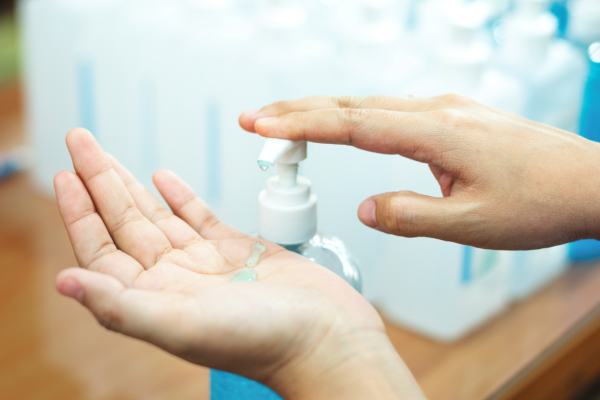- October 13, 2025
- Mubarak Medical Complex
- Comment: 0
- Uncategorized
Clean hands aren’t only a signal of precise manners—they’re a effective guard towards sicknesses. Hand hygiene is one of the handiest yet handiest ways to stop the spread of dangerous germs, micro organism, and viruses that purpose infections. Whether in hospitals, schools, offices, or at home, proper hand hygiene can shop lives and prevent outbreaks of contagious ailments.
Why Hand Hygiene Matters
Every day, we come into touch with endless surfaces—door handles, cellular telephones, keyboards, and public shipping poles—all of which harbor germs. When we contact our eyes, nose, or mouth with unwashed arms, these germs can effortlessly enter our bodies and motive illnesses just like the commonplace cold, flu, diarrhea, pneumonia, and even critical infections which include COVID-19.
For healthcare professionals, keeping hand hygiene is even more critical. It prevents the transmission of infections between sufferers and healthcare staff, decreasing medical institution-obtained infections (HAIs) and enhancing universal patient safety.
Soap vs. Sanitizer: What’s Best?
Soap and Water: Washing your fingers with cleaning soap and smooth water for at least 20 seconds is the gold fashionable. Soap lifts dirt, grease, and microbes from the skin, and rinsing washes them away.
Hand Sanitizer: When cleaning soap and water are not to be had, alcohol-based totally hand sanitizers (with at least 60% alcohol) are a short and powerful alternative. However, they do now not eliminate seen dust or certain types of germs like norovirus or Clostridium difficile.
When Should You Clean Your Hands?
- You need to constantly wash or sanitize your hands:
- Before ingesting or getting ready food
- Before touching your face
- After the use of the restroom
- After coughing, sneezing, or blowing your nose
- After touching public surfaces like doorknobs or elevator buttons
- After managing rubbish or cash
- Before and after caring for someone who is unwell
- After converting diapers or helping a toddler use the toilet
Steps for Proper Handwashing
- Wet your palms with smooth, jogging water (heat or bloodless).
- Apply soap and lather nicely, covering all surfaces of your fingers.
- Scrub your arms, backs of palms, between arms, and under nails for at the least 20 seconds.
- Rinse thoroughly under smooth water.
- Dry with a easy towel or air dry your fingers.
- Hand Hygiene in Hospitals
In healthcare settings, hand hygiene is a cornerstone of infection prevention. Medical personnel need to smooth their fingers before and after touching a patient, before appearing any system, and after contact with body fluids or affected person surroundings. Hospitals that promote a strong culture of hand hygiene have lower contamination rates, shorter health facility remains, and progressed patient consequences.
A Simple Habit with a Global Impact
According to the World Health Organization (WHO), proper hand hygiene can prevent as much as 50% of sanatorium-obtained infections. It’s a easy addiction that protects now not only you however additionally your own family, coworkers, and the broader network.
Conclusion
Good hand hygiene is your first line of defense against infections. By making it a regular a part of your day by day habitual—earlier than meals, after the usage of the toilet, and at some stage in your day—you’re taking an lively step in defensive your health and the health of others.
Remember: Clean hands are secure hands, and safe arms keep lives.


